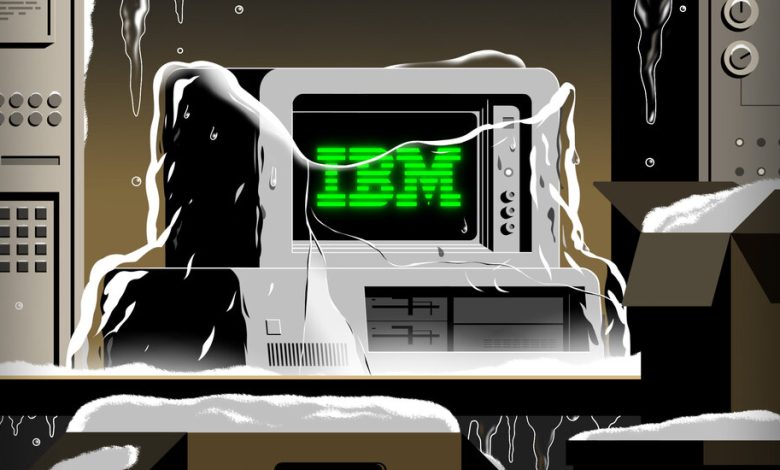IBM Reopens Its Frozen Pension Plan, Saving the Company Millions

Traditional pension plans haven’t come back. But the news from IBM might lead you to think so.
Last month, IBM thawed out a defined benefit pension plan that it had frozen more than 15 years ago. The company has also stopped making contributions into employee 401(k) accounts.
These moves are startling, because, on the surface, at least, IBM seems to be reversing a decades-long trend of corporations moving away from traditional pension plans. With the old plans, companies promised to pay employees retirement income that rewarded them for long years of service. But these plans were expensive, and IBM and hundreds of other firms instead began to emphasize 401(k)s that moved the primary responsibility for saving and investing to workers.
IBM’s new approach is significant because the company has been a leader in employee benefit policymaking. What it is doing now is no simple return to the classic cradle-to-grave benefits system. In fact, IBM’s new pension plan isn’t nearly as generous to long-tenured employees compared with its predecessor.
The move has real advantages for some people who work at IBM, particularly those who put little or no money of their own into 401(k)s and who stay at the company for a relatively short while.
Crucially, IBM’s maneuver is likely to be wonderful for its shareholders. The company is saving hundreds of millions of dollars a year by stopping contributions to employee 401(k) accounts. And it doesn’t need to put any money into the pension plan this year — and, probably, for the next few years — because it has plenty of money already in it. On a purely financial standpoint, IBM is improving its cash flow and bottom line.
For a small but important subset of companies — those with fully funded, closed or frozen pension plans — IBM’s move could be a harbinger of things to come, pension consultants say. IBM is using a surplus in its pension fund to simultaneously change its employee benefits package and help the company’s finances.
We are having trouble retrieving the article content.
Please enable JavaScript in your browser settings.
Thank you for your patience while we verify access. If you are in Reader mode please exit and log into your Times account, or subscribe for all of The Times.
Thank you for your patience while we verify access.
Already a subscriber? Log in.
Want all of The Times? Subscribe.




